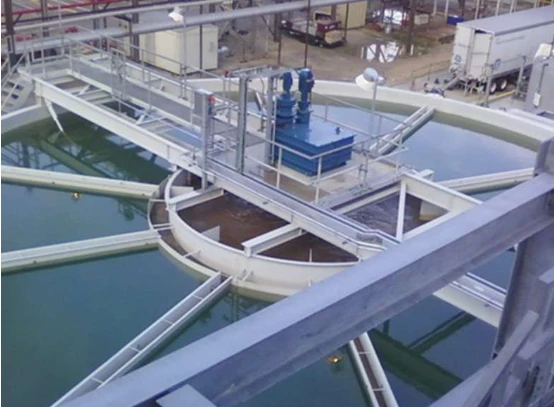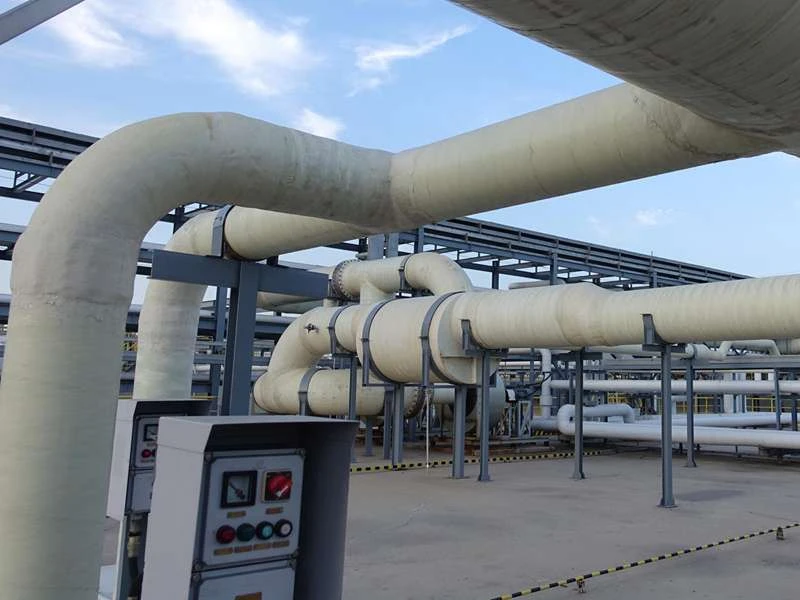
-
 Afrikaans
Afrikaans -
 Albanian
Albanian -
 Amharic
Amharic -
 Arabic
Arabic -
 Armenian
Armenian -
 Azerbaijani
Azerbaijani -
 Basque
Basque -
 Belarusian
Belarusian -
 Bengali
Bengali -
 Bosnian
Bosnian -
 Bulgarian
Bulgarian -
 Catalan
Catalan -
 Cebuano
Cebuano -
 China
China -
 China (Taiwan)
China (Taiwan) -
 Corsican
Corsican -
 Croatian
Croatian -
 Czech
Czech -
 Danish
Danish -
 Dutch
Dutch -
 English
English -
 Esperanto
Esperanto -
 Estonian
Estonian -
 Finnish
Finnish -
 French
French -
 Frisian
Frisian -
 Galician
Galician -
 Georgian
Georgian -
 German
German -
 Greek
Greek -
 Gujarati
Gujarati -
 Haitian Creole
Haitian Creole -
 hausa
hausa -
 hawaiian
hawaiian -
 Hebrew
Hebrew -
 Hindi
Hindi -
 Miao
Miao -
 Hungarian
Hungarian -
 Icelandic
Icelandic -
 igbo
igbo -
 Indonesian
Indonesian -
 irish
irish -
 Italian
Italian -
 Japanese
Japanese -
 Javanese
Javanese -
 Kannada
Kannada -
 kazakh
kazakh -
 Khmer
Khmer -
 Rwandese
Rwandese -
 Korean
Korean -
 Kurdish
Kurdish -
 Kyrgyz
Kyrgyz -
 Lao
Lao -
 Latin
Latin -
 Latvian
Latvian -
 Lithuanian
Lithuanian -
 Luxembourgish
Luxembourgish -
 Macedonian
Macedonian -
 Malgashi
Malgashi -
 Malay
Malay -
 Malayalam
Malayalam -
 Maltese
Maltese -
 Maori
Maori -
 Marathi
Marathi -
 Mongolian
Mongolian -
 Myanmar
Myanmar -
 Nepali
Nepali -
 Norwegian
Norwegian -
 Norwegian
Norwegian -
 Occitan
Occitan -
 Pashto
Pashto -
 Persian
Persian -
 Polish
Polish -
 Portuguese
Portuguese -
 Punjabi
Punjabi -
 Romanian
Romanian -
 Russian
Russian -
 Samoan
Samoan -
 Scottish Gaelic
Scottish Gaelic -
 Serbian
Serbian -
 Sesotho
Sesotho -
 Shona
Shona -
 Sindhi
Sindhi -
 Sinhala
Sinhala -
 Slovak
Slovak -
 Slovenian
Slovenian -
 Somali
Somali -
 Spanish
Spanish -
 Sundanese
Sundanese -
 Swahili
Swahili -
 Swedish
Swedish -
 Tagalog
Tagalog -
 Tajik
Tajik -
 Tamil
Tamil -
 Tatar
Tatar -
 Telugu
Telugu -
 Thai
Thai -
 Turkish
Turkish -
 Turkmen
Turkmen -
 Ukrainian
Ukrainian -
 Urdu
Urdu -
 Uighur
Uighur -
 Uzbek
Uzbek -
 Vietnamese
Vietnamese -
 Welsh
Welsh -
 Bantu
Bantu -
 Yiddish
Yiddish -
 Yoruba
Yoruba -
 Zulu
Zulu
Feb . 16, 2025 08:02
Back to list
fiberglass holding tanks
Fiberglass holding tanks have revolutionized the way industries manage storage and transport of liquids and other materials. Their durability, lightweight nature, and corrosion resistance make them ideal for a range of applications, from industrial processing to residential water systems. For businesses and homeowners seeking cost-effective and long-lasting storage solutions, understanding the advantages and design considerations of fiberglass holding tanks is critical.
Additionally, the cost-effectiveness of fiberglass holding tanks cannot be overlooked. While the initial investment might be comparable to other materials, the long-term savings are substantial. The reduced risk of leaks, minimal maintenance needs, and extended lifespan contribute to a lower total cost of ownership. Companies can expect fewer interruptions and lower maintenance fees over the life of the tank, boosting productivity and profitability. Finally, installation and transportation of fiberglass tanks are more straightforward due to their lightweight nature. This ease of handling not only reduces labor costs but also minimizes the risk of damage during transit or placement. Their flexibility in installation positions them as a favorite for locations where accessibility might be challenging. For anyone considering the implementation of fiberglass holding tanks, it's crucial to consult with specialists who understand the nuances of fiberglass technology. Partnering with experienced manufacturers ensures that the tanks are produced to the highest standards, with quality control measures in place to meet industry regulations and specific operational needs. In conclusion, fiberglass holding tanks represent a smart investment for any business or individual requiring reliable, durable, and versatile storage solutions. Their advantages in terms of corrosion resistance, customization options, temperature insulation, and economic benefits make them an ideal choice. By choosing fiberglass, industries can safeguard their operations against the potential pitfalls associated with less durable materials, ensuring peace of mind and operational efficiency.


Additionally, the cost-effectiveness of fiberglass holding tanks cannot be overlooked. While the initial investment might be comparable to other materials, the long-term savings are substantial. The reduced risk of leaks, minimal maintenance needs, and extended lifespan contribute to a lower total cost of ownership. Companies can expect fewer interruptions and lower maintenance fees over the life of the tank, boosting productivity and profitability. Finally, installation and transportation of fiberglass tanks are more straightforward due to their lightweight nature. This ease of handling not only reduces labor costs but also minimizes the risk of damage during transit or placement. Their flexibility in installation positions them as a favorite for locations where accessibility might be challenging. For anyone considering the implementation of fiberglass holding tanks, it's crucial to consult with specialists who understand the nuances of fiberglass technology. Partnering with experienced manufacturers ensures that the tanks are produced to the highest standards, with quality control measures in place to meet industry regulations and specific operational needs. In conclusion, fiberglass holding tanks represent a smart investment for any business or individual requiring reliable, durable, and versatile storage solutions. Their advantages in terms of corrosion resistance, customization options, temperature insulation, and economic benefits make them an ideal choice. By choosing fiberglass, industries can safeguard their operations against the potential pitfalls associated with less durable materials, ensuring peace of mind and operational efficiency.
Next:
Related Products









